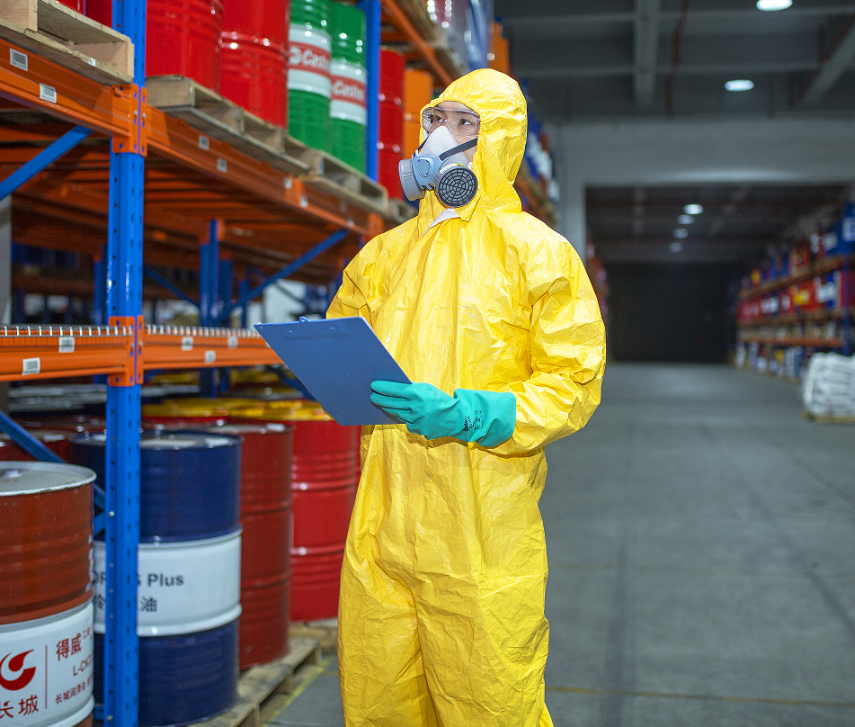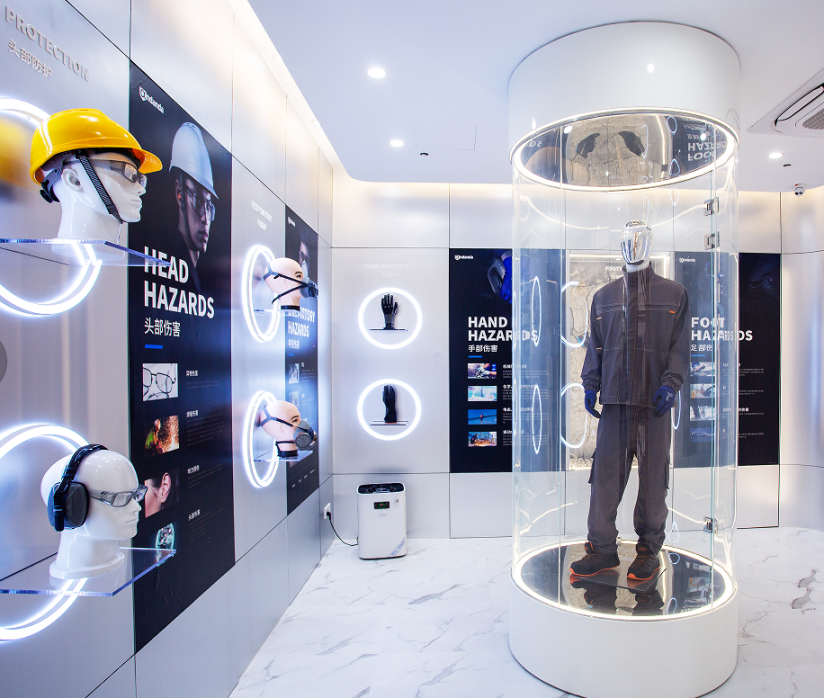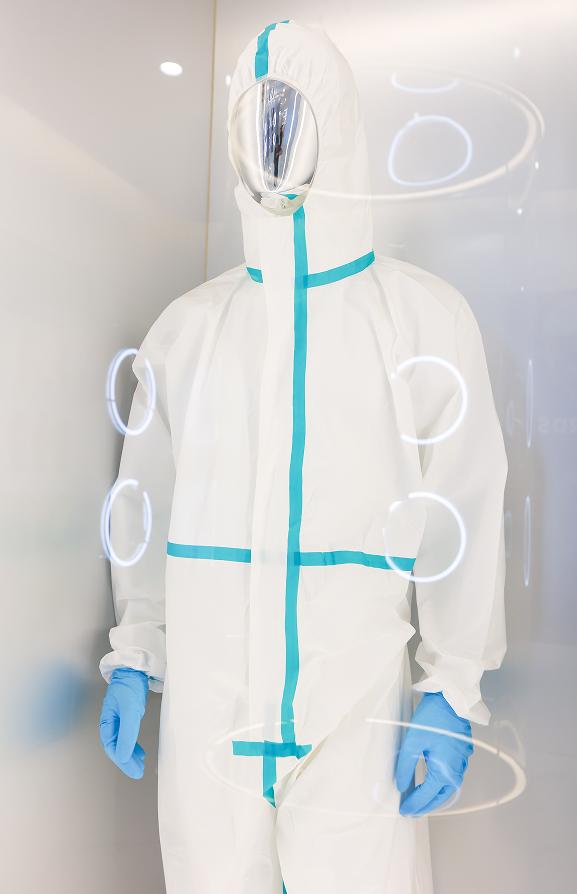Full Body Protective Clothing: Comprehensive Full-Body Protection
Industries requiring full-body protective attire encompass a wide spectrum of activities, each tailored to safeguard workers from distinct risks. While some hazards may be readily apparent, others remain unseen or underestimated by those not directly engaged in these sectors.
As per data from the Bureau of Labor Statistics (BLS), construction workers face perils including falls, electrocution, impact from objects or machinery, entrapment, and exposure to hazardous chemicals. These risks are omnipresent, both on and off the job site.

In the year 2015 alone, the United States recorded over 2,600 agricultural-related fatalities, according to the BLS. These tragedies were often the result of transportation incidents, such as tractor rollovers or collisions during livestock or material handling, accounting for 2,100 fatalities. An additional 900 lives were lost in encounters with animals (such as horses and cattle), followed by 600 incidents involving machinery (such as tractors and trucks), exposure to pesticides, herbicides, fertilizers, drownings, and falling objects like branches.
Full-body protective clothing constitutes attire that covers the entire body, including the head and limbs. These garments are meticulously crafted from materials and fabrics selected for their ability to provide exemplary protection against injuries and hazards.
While the use of full-body protective clothing has deep historical roots in the industrial sector, its prevalence has surged over the years due to the escalating rate of workplace accidents and injuries. The primary objective behind donning such attire is to shield workers from specific dangers, including burns, cuts, abrasions, radiation exposure, and various other forms of harm stemming from contact with sharp objects or hazardous substances that threaten their well-being.
Features of Our Medical Respirators
Key Attributes Ensuring Dependable Full-Body Protection
Our medical respirators boast essential features that render them dependable for comprehensive safeguarding:
1) Effective Liquid Barrier: Proficiently thwarts minor liquid splashes from infiltrating, enhancing protection against potential contaminants.
2) Particle Barrier: Demonstrates exceptional efficacy in blocking over 99% of solid particles, significantly reducing the risk of particulate infiltration.
3) Comfort-Oriented Design: Ergonomically engineered for superior comfort, accommodating a diverse range of body types while maintaining ease of movement.
Applications
Our Full Body Protective Clothing finds extensive utility in various industries, including biopharmaceuticals, agricultural spraying, paint spraying, and beyond. It serves as a versatile solution for safeguarding individuals across a spectrum of demanding applications.

Versatility in Full-Body Protection
Meeting Varied Industry and Application Needs
Exposure to blood and bodily fluids is a pervasive reality in industries like healthcare, food handling, and waste management. Personal protective equipment (PPE) plays a pivotal role in mitigating these exposures. A multitude of PPE options, including gowns, gloves, masks, face shields, and more, are available for these industries. Among them, full-body protective clothing suits offer comprehensive protection against all forms of bodily fluid exposure.
These protective clothing suits are occasionally referred to as “bunny suits,” drawing parallels to the attire worn by scientists working with laboratory animals. Their primary objective is to shield wearers from potential contact with bodily fluids during emergency or disaster scenarios.
Comprising multiple layers of material designed to absorb liquids and thwart skin contact, these suits may also incorporate features like boots and hoods, offering added protection against blood splatter on the feet or head.
Full-body suits find particular utility in healthcare settings, where they are worn by nurses, doctors, and medical personnel treating individuals exposed to bloodborne pathogens such as HIV/AIDS or Hepatitis B or C viruses. Moreover, they are instrumental for medical responders addressing disaster-related incidents, like earthquakes, hurricanes, or terrorist attacks, where broken glass and sharp objects pose a cutting hazard.
Crucial Industries Requiring Full-Body Protection
1) Construction: Given the presence of heavy-duty machinery, full-body protection is essential in the construction sector, ensuring the safety of workers engaged in these demanding environments.
2) Manufacturing: Manufacturing encompasses diverse processes that may pose risks to workers if proper safety gear is not worn. Full-body protective clothing is a staple in various manufacturing settings and processes to mitigate these hazards.
3) Healthcare: Healthcare professionals must don an array of protective gear when treating patients, including gloves, masks, and suits crafted from materials that shield against germs and contaminants. In healthcare, full-body protection is indispensable to ensure the safety of both healthcare workers and patients.

Selecting the Right Full-Body Protection: Tips and Guidelines
Choosing Appropriate Products for Specific Tasks or Industries
Consider the following tips and guidelines when selecting suitable full-body protection for specific tasks or industries:
1) Industry: Tailor your choice to the demands of your industry. In heavy manufacturing, opt for a jacket with ample pockets, allowing you to conveniently carry tools and small components. Conversely, in the construction field, a vest might be more fitting, enabling easy access to tools even while in an upright position.
2) Functionality: Full-body protection encompasses diverse styles and materials. Some garments are crafted from breathable fabrics, permitting heat dissipation, while others employ heavier materials for enhanced protection but potentially increased heat retention. For outdoor work in extreme temperatures, prioritize breathable materials to maintain coolness, even if they provide limited protection from the elements themselves.
Ensuring the Right Size and Fit for Comfort and Protection
To guarantee both comfort and protection, adhere to the following sizing and fitting guidance:
1) Accurate Measurements: Measure yourself with precision before ordering new uniforms or gear. Conduct measurements at least twice to ensure consistency and accuracy.
2) Consider Layering: If you plan to wear long underwear beneath your protective clothing, order two sizes larger than your standard size. This allowance accommodates additional layers of clothing, ensuring a comfortable fit. The same principle applies if you intend to wear other equipment over your protective gear.
CONCLUSION
As we journey through the realm of full-body protective clothing, a profound understanding emerges of the pivotal role played by comprehensive protection across diverse industries and hazardous settings. This protective gear transcends its status as mere attire; it stands as the all-encompassing barrier that guarantees safety and tranquility from head to toe.
Full-body protective clothing, in its myriad forms and applications, transcends being mere garments; it serves as a testament to our collective commitment to safety and well-being within high-risk environments. It remains a constant reminder that, as we venture into zones fraught with potential peril, we do so fortified with complete protection, from the crown of our heads to the tips of our toes.
In summation, full-body protective clothing is not a luxury but an absolute necessity. It stands as the comprehensive shield that ensures total protection, nurturing safety, and peace of mind amidst hazardous conditions. As we persist in confronting challenges and hazards across various industries, let us hold fast to the understanding that full-body protective clothing remains our unwavering companion, offering all-encompassing protection to ensure our safe return after every endeavor.

